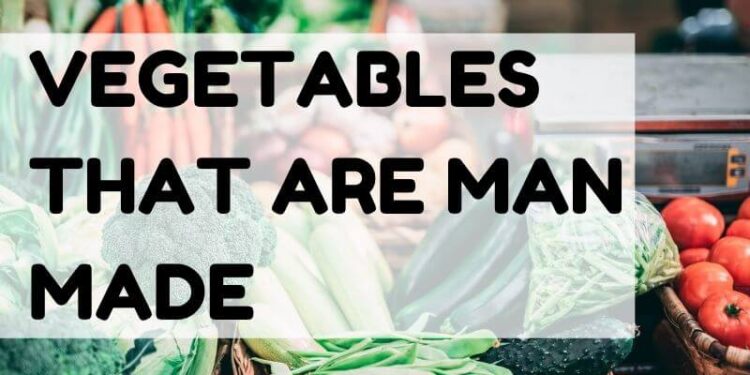Vegetables: kids hate them; Vegans love them. But have you ever wondered that the vegetables we eat regularly or the ones you might have in your kitchen pantry right now could be man made? That’s a serious thought right there.
Well, the answer is: Yes, some vegetables are man made. Quite fascinating right? Now that we might have captivated your attention and a mere yes wouldn’t be a sufficient answer to satisfy your curiosity.
So today, for that matter, we will take the responsibility on our shoulders to make you aware of all the man made vegetables and their history. Stick to this article till the end; you never know your favorite vegetable might end up in the list below.
Here is the list of 14 Man Made Vegetables
Before we start, our definition of made by man is as follows:
- Vegetables that are manipulated in some way by humans but not through DNA or labs.
- Seeds or others that do not just grow naturally without the hand of humans
- Made by cross seeding and selective seeding
- In some cases cross pollination
There are more examples of what makes a vegetable man made and what makes it natural. But you got the idea so let’s get into the list.
1. Carrots
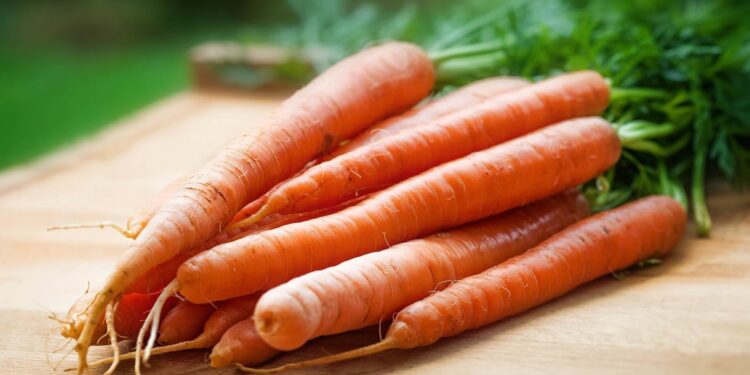
Image by Pexels via Pixabay
What’s the first thing that comes into your mind when carrots are mentioned? Apart from bugs bunny (of course), it has to be the color orange because that is precisely how we’ve been picturizing it since the time we got familiar with this vegetable.
But here’s a mindblower. Did you know that natural carrots were not orange and possibly inconsumable? Yes, you heard that pretty much right!
Originally, Carrots are believed to be white in color, or according to some other accounts, carrots initially were purple or black. So how come the carrot found today in every other household and supermarket is not only edible but orange too?
This orange color is due to a compound called B-carotene, and thanks to the involvement of early farmers who, via the technique of selective breeding, were able to produce the modern-day orange carrot.
Over hundreds of years, the wild carrot ( Darcus Carotos) has undergone multiple genetic modifications at the hands of farmers, leading to its improved flavor, quality, and higher production rate.
Finally, it is because of these efforts today we can enjoy its healing health benefits!
2. Broccoli
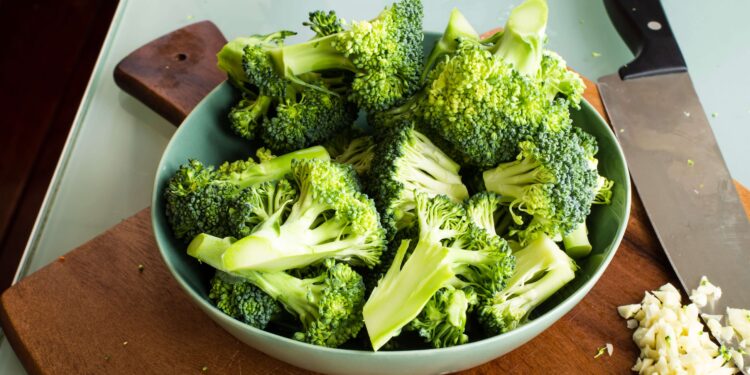
Image by Louis Hansel via Unsplash
We often hear that broccoli is good for your health mainly because it’s loaded with an array of nutrients, but here’s something you didn’t know: Broccoli is a human-made vegetable too!
In truth, if there were no man, you wouldn’t be enjoying broccoli in your pasta and soups today since it isn’t capable of growing in the wild on its own. But then, where does broccoli comes from? Let’s find out.
This nutritious treat basically was developed from selective breeding of wild cabbage, also known as Brassica oleracea. However, it isn’t a genetically modified or a biotech crop – make no mistake about it.
Digging deeper, this miniature tree look-alike veggie was consumed initially during times of the Roman Empire. Wow! Isn’t it astounding to know that this high fiber vegetable has a history older than two thousand years?
With this in mind, it was not until 1700 when broccoli made its way into the US world. Thanks to efforts made by Thomas Jefferson, who sowed the first seeds of broccoli on American soil. However, in the 20th century, broccoli gained massive popularity amongst the masses in the US.
3. Cabbage
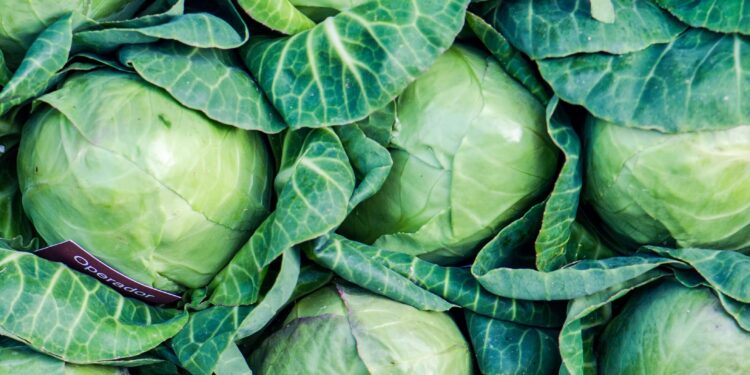
Image by Natasha Skov via Unsplash
So broccoli was made from cabbage, so what about its parent? Is it man made too?
Well, the cabbage didn’t fall far from the broccoli tree. The origin of cabbage, just like broccoli, can be traced back to Brassica oleracea, also known as wild cabbage or wild mustard. This original cabbage would not be identifiable to us.
Besides, suppose it were not for the efforts made by the pre-Celtic people who began cultivating cabbage across Northern Europe today. In that case, we possibly could have been deprived of countless benefits that cabbage has to offer.
These people hybridized wild cabbage with plants with bigger leaf buds that eventually resulted in cabbage. During the Roman Empire era, the benefits of cabbage were well known to people. Not only that, but people of those times knew cabbage could be used to treat gout, headaches, and intestinal disorders. How intelligent of our predecessors!
Moreover, the cross-breeding continued throughout the centuries to produce the cabbage that sells today. Now next time your mum serves you cabbage in soups or even on its own like in a salad, be ready to amaze her with cabbage’s old yet fascinating history.
4. Tomatoes
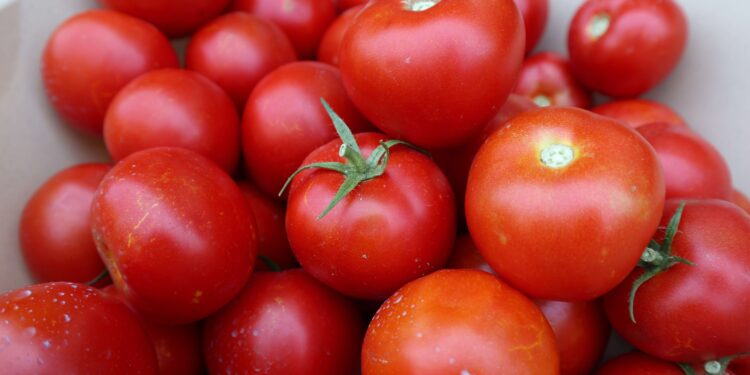
Image by Kiriakos Verros via Unsplash
Are you surprised to see the vegetable that is a staple of our diets and soul of Italian cuisine in the list of man-made vegetables? Well, we were too!
The origins of Pomodoro, which’s Italian for tomato (if you did not know already), are believed to be traced back to the era of the Aztec Empire. Even though tomatoes existed around 700 AD, it was not until 18 to the mid 19 century when people around the world discovered that tomatoes are meant to be eaten. They started incorporating them into their cuisines.
Wait…. so before this, what did they do with so many tomatoes through hundreds of years? Well, they thought of tomatoes as some ornaments and decorated their living places with them. We’ll let that sink in for a minute.
Moving on, the current tomatoes, which are found everywhere across the globe, are very different from their parent plants. Ancestors of tomatoes were very small, similar to the size of peas. It is because of years of selective breeding, the tomatoes we eat today are flavourful and found in various varieties.
Before we move onto the next one on our list, get ready to giggle because we have a tomato joke for you- we’re hoping it’ll help you absorb all the crazy history details mentioned so far.
What do two tomatoes do after not seeing each other for a long period of time?
A ketchup!
Now let’s move onto the last but certainly not the least veggie of the list.
5. Cucumbers
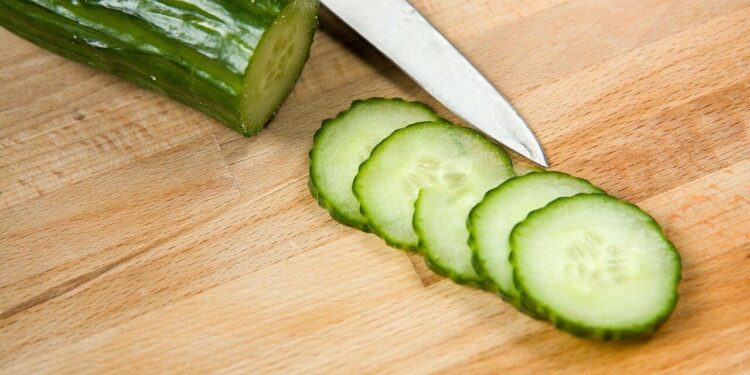
Image by No-longer-here via Unsplash
Cucumbers, too? Most certainly yes. Cucumbers are the final human made vegetable on our list today. This low caloric veggie has its origins that date back to Ancient India, where it was found in the wild. So how is it human made?
The ancestral plant of cucumber had a cactus-like appearance, which Indian civilization cultivated originally. It began trading to other parts of the world and became popular.
Another fact of interest is during the 18th century following some medicinal reports that concluded using uncooked vegetables (which included cucumbers too) harmful to health.
Therefore this misconception led to the decline in cucumber sales. It was then in the 19th century when cucumbers recovered their marketability.
Given these points, over the years, the original cucumber has been tweaked and modified to produce three different main varieties of cucumbers, namely: slicing, pickling, and seedless, which are now sold widely.
6. Cauliflower
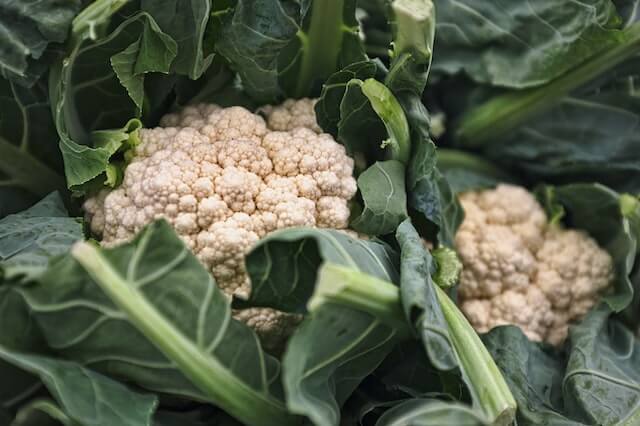
Yes, Cauliflower was made by humans, similar to broccoli it was selectively bred from cabbage and the Brassica oleracea.
The head shape of this veggie or what is called the top part came from the cabbage breed, which basically means they didn’t choose that to add size or even the shape of it, what you see above ground was the only part that they used in making this man made veggie.
7. Corn
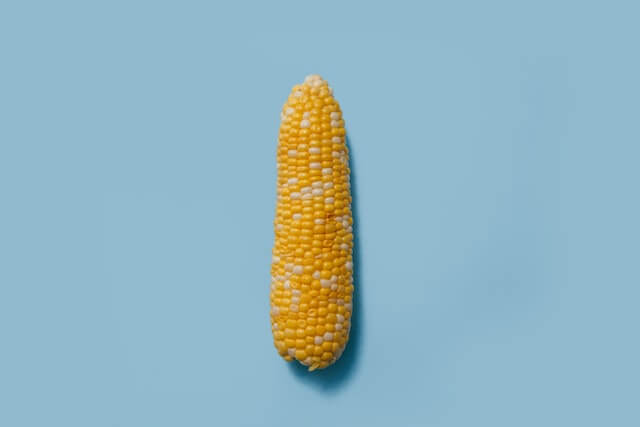
The corn you shop at the local supermarket is actually a hybrid version of the corn that grows naturally in nature.
The origin of the corn is not known, but experts belive it was similar to what we see today in terms of how it looks, the taste is difficult to tell.
We all know there are different variations of corn today, which are manipulated, and some of these are extra sweet, or not at all, so it’s a good guess to say that the original corn was somewhere in the middle of all that.
8. Strawberries
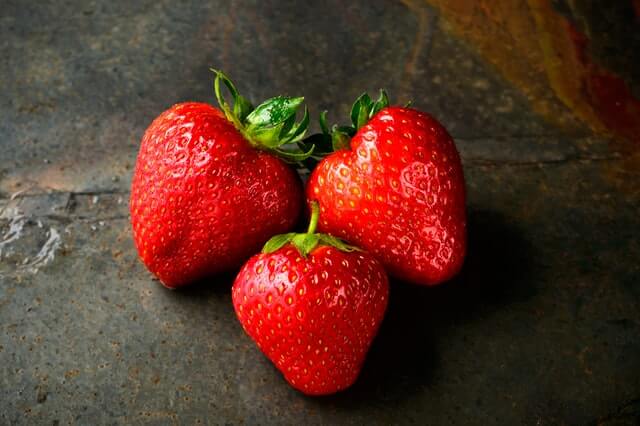
Would you be surprised to learn that this veggie goes back as far as 1764? Well, that’s the truth. A man named Antoine Nicolas Duchesne bred this veggie to its modern shape and taste in France.
The strawberry comes from a mix of male Fragaria moschata and female Fragaria chiloensis. Breding both of these created the modern strawberry, incredible right?
France is known for its awesome strawberries that some are very large and have very rich taste. If you ever go traveling there, look for the wild strawberries and thank us later.
9. Orange
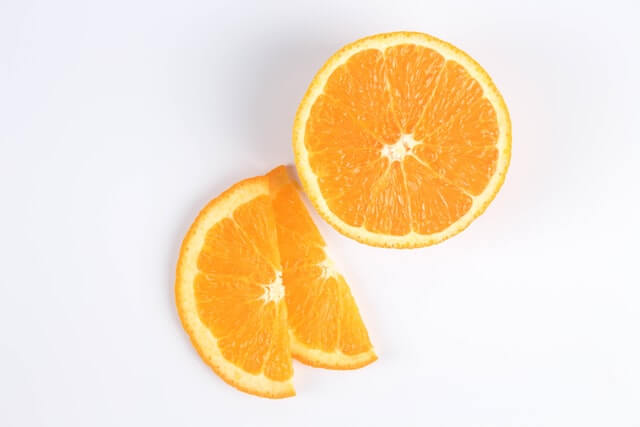
This is a simple cross between a mandarine and pomelo, the orange you know today is a mix of the two.
Originally oranges were grown in China before traders started brining them with them across the world.
10. Eggplant
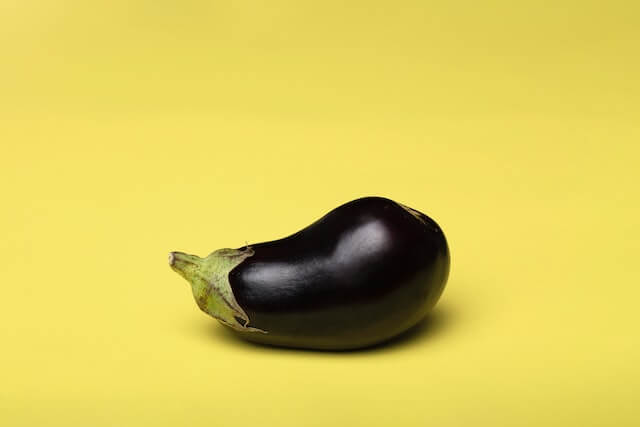
Does the name of this vegetable ring a bell to you? What other food do you know that has a similar name? I’ll give you a hint, eggs!
The original eggplant was very similar in shape to an egg with a much more round shape and white color.
Through the years humans bred the eggplant and manipulated its color to the deep purple we know today. The early days colors of eggplants included yellow, white and light purple.
You can also get a few other variations of eggplants today like long and skinny, short and fat and round.
11. Peanuts
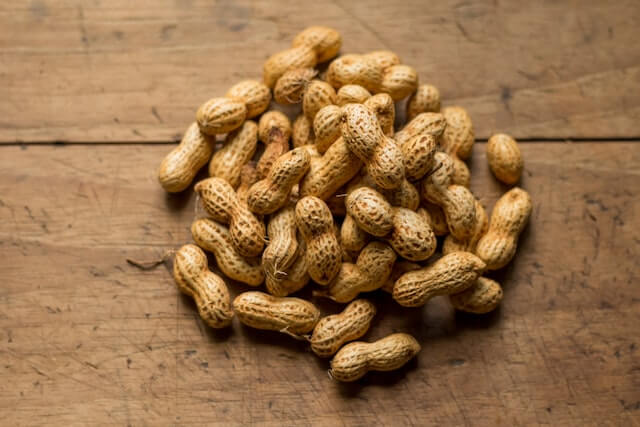
Ok, this is a tricky one, so try to keep up with me here.
The peanut we know today ( which is delicious by the way ) is a bred between the Arachis ipaensis from Bolivia and Arachis duranensis that comes from Andean Valleys.
Now the obvious question you have right now is how the hell did they cross pollinate these two variations to create the everyday peanut.
Well, the answer is that 10,000 years ago people who lived in South America brought with them the Arachis duranensis and it was then that the cross pollination started to spawn the peanut you eat today. Fascinating.
12. Apple
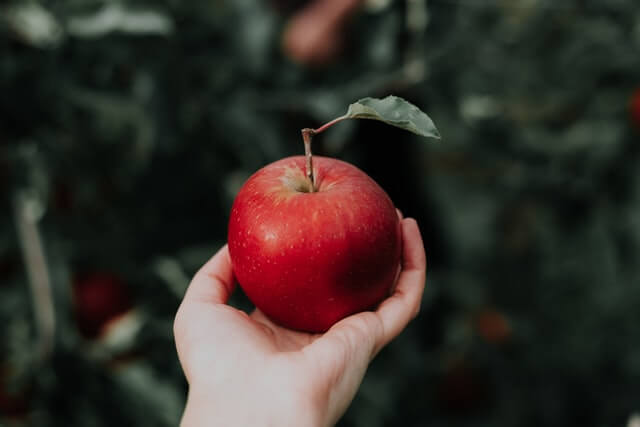
Wait a minute, apples? Really?? I was sure these were natural. Well, you are wrong.
Although they are not that different in look and shape from their original form, all apples comes from the original Malus sieversii.
This grew mainly in China, Kazakhstan and Uzbekistan. However over the years the apple changed its taste and color based on where it was grown to fit the people.
Fun FactsThere are over 7,500 apple variations in the world today, that means most people will not live enough years to taste all the variations out there.
13. Watermelon
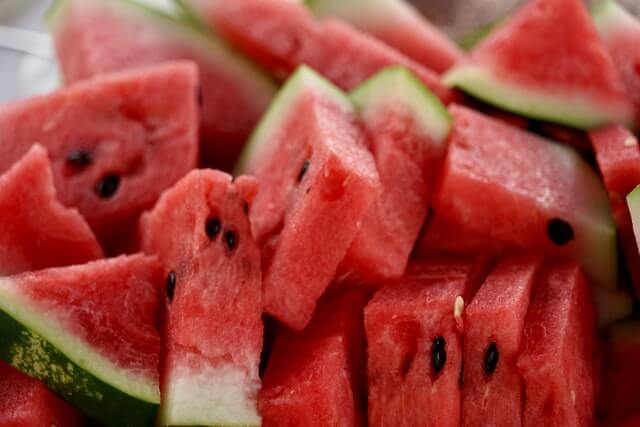
No not the watermelon too. Yes, that too. Originated in Africa it actually took around 200 years for the watermelon to travel to Europe and North America. You could actually see watermelons in paintings dated back 4,000+ years from Egyptian tombs.
Today you can enjoy more than 1,200 different variations of watermelons in different shapes, sizes and tastes.
The original watermelon had less of a red color inside, and much more seeds.
14. Banana
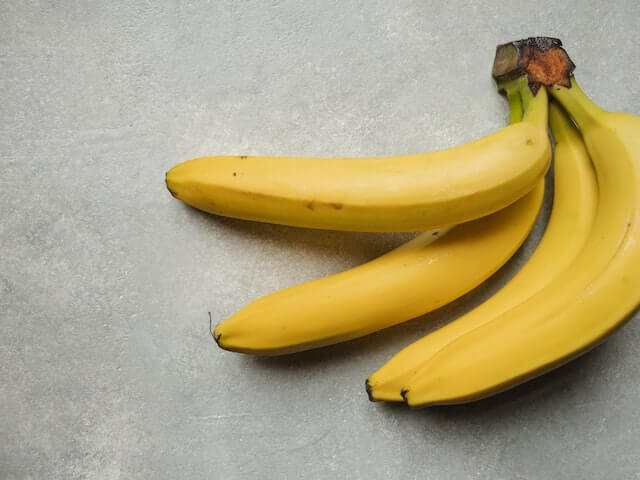
If you tried to eat an original banana you be surprised it wasn’t that edible. The banana you know today is a mix of Musa acuminata and Musa balbisiana. Trying to eat each of these separately didn’t work either as one had so many seeds it was not very good and the other was just too hard to eat.
But the combination of the two created the banana you know today which is much more fleshy, sweet and with no seeds.
What’s the difference between man made and GMO
Please don’t confuse man made with GMO, these mean two very different things and it’s very common for people to confuse the two or think they are the same.
What is GMO
GMO stands for Genetically Modified Organism. It basically means any plant on the earth that its DNA has been altered using common genetic engineering.
The way scientists do this is by injecting one DNA from a different plant to another. The result is that these pants can produce different proteins that grow different crops.
They may also contain higher amounts of pesticides and herbicides due to the genetic alterations.
What are Man Made Veggies
Man made veggies are new variations of plants that were not made in a lab. Meaning people cross bred, cross plant and grew new variations of vegetables using pollination but not by altering genes or using DNA.
After all that has been stated above, the thought of man-made vegetables being non-healthy or dangerous might have popped into your head. Well, we can’t blame you. It is only natural to think like that.
Nevertheless, we are glad to break that the reality is quite contrary. These human-made vegetables, or if more appropriately called the hybrid vegetables, are not bad for you at all since these have been produced as a result of cross-breeding of related plant species.
Botanists consider this a natural practice, and in fact, thanks to cross-breeding and selective breeding techniques, we can enjoy such nutritious treats today.
That’s not all! Hybrid vegetables have other excellent pros like:
- they have longer shelf life than their parent plants
- production rate is high
- are loaded with nutrition.
Here you have all 5 vegetables that you probably didn’t know (or did you?) were human-made listed above. We tried to cover as much information as possible. So, now go forward, and share as much as you can!

